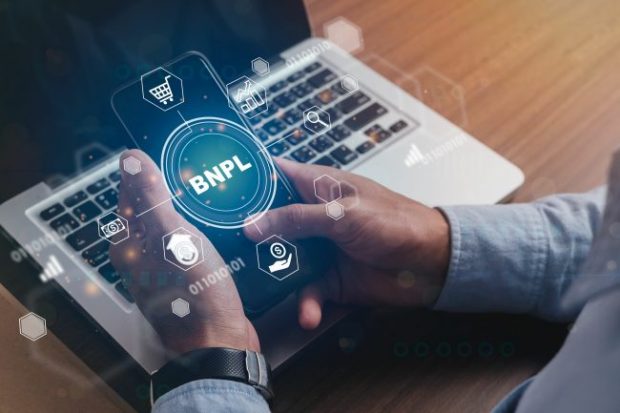 E-commerce payment fraud is causing friction.
E-commerce payment fraud is causing friction.
EMV chip card payments, now at 57%, are helping to thwart counterfeit card fraud, and the U.S. payments industry continues to emphasize technology that increases security while creating convenient cross-channel experiences.
Those are among the findings revealed by the Princeton Junction, N.J.-based U.S. Payments Forum, a cross-industry body focused on supporting the introduction and implementation of new and secure payment technologies, in its Summer 2018 Market Snapshot.
Recommended For You
Chip card payments are reducing in-store counterfeit card fraud, payments stakeholders shared at the latest U.S. Payments Forum meeting. This is due to the increase of chip-on-chip transactions as more merchants accept chip payments. Chip-represents around 60% of payment volume. In addition, contact chip is now enabled at 58% of all merchant locations and 85% of ATMs.
In May, Visa disclosed a 70% decline in counterfeit card fraud for chip-enabled merchants, and 96% of Visa payments made use chip-enabled cards, according to a report from the U.S. Payments Forum.
"The first phase of the chip migration was about getting cards in the market and merchants enabled to accept contact chip card payments to stop the onslaught of in-store counterfeit card fraud and protect consumers. Now that we see the chip card rollout reaching critical mass and delivering on its benefits, the next phases of in-store payment technology implementations are about continuing that security while making the paying process easier for consumers," Randy Vanderhoof, director of the U.S. Payments Forum, said.
To achieve this, many stakeholders are considering or implementing contactless payments. "Many card issuers have dual-interface cards in the plans for the next reissuance cycle, and on the certification front we are seeing more merchants coming in for additional certifications as they add new features including contactless," Vanderhoof said. "Our members are telling us that they are seeing more contactless transactions happening in areas where more dual-interface cards have been issued, indicating that consumers will tap if they have the opportunity."
Enabling more secure and convenient transactions does not stop with traditional in-store payments and continues to be important as more retailers aim to create better cross-channel experiences. This includes online pick up in-store options, where fraudsters are turning their attention.
"With chip card payments working to reduce fraud at the point of sale, criminals are looking for new avenues and BOPIS fraud as well as traditional card-not-present e-commerce fraud are two of them. We have to shut down these channels to criminals but adding friction to the buying experience while doing so would be problematic," Vanderhoof held. "The Forum will be turning its attention to new specifications such as EMV 3D Secure 2.0 and Secure Remote Commerce as well as other authentication methods that promise to enable the kind of frictionless security the industry needs."
In addition to its contactless projects and examination of specifications relating to securing the e-commerce channel, the U.S. Payments Forum has several other CNP projects underway including white papers detailing the true cost of fraud, CNP fraud mitigation approaches, and fraud prevention pathways.
Chip card payments continue to be a major focus for the Forum. "The chip migration is still not yet complete. Providing implementation guidance to merchant segments with unique considerations such as transit, petroleum and restaurants is still a major focus and we encourage those merchants to participate at the Forum and raise their questions to get issues resolved," Vanderhoof added.
Every quarter, the U.S. Payments Forum publishes resources on EMV and contactless payments implementation and optimization guidance. This quarter, the Forum published its "Signature Best Practices" white paper to educate stakeholders on signature requirements in the U.S., including how they're used, recent changes in requirements and implications of chargebacks and fallback. The Forum also published an update to its "U.S. Debit EMV Technical Proposal" to clarify consumer application selection.
The Forum also has several contactless payment-related resources in the works including: targeted education on contactless payments for issuers, retailers, restaurant staff and customers; guidelines for accepting contactless transactions at the ATM; and white papers on transit contactless open payments use cases for paying with aggregated fares and mobile devices.
© Touchpoint Markets, All Rights Reserved. Request academic re-use from www.copyright.com. All other uses, submit a request to [email protected]. For more inforrmation visit Asset & Logo Licensing.







